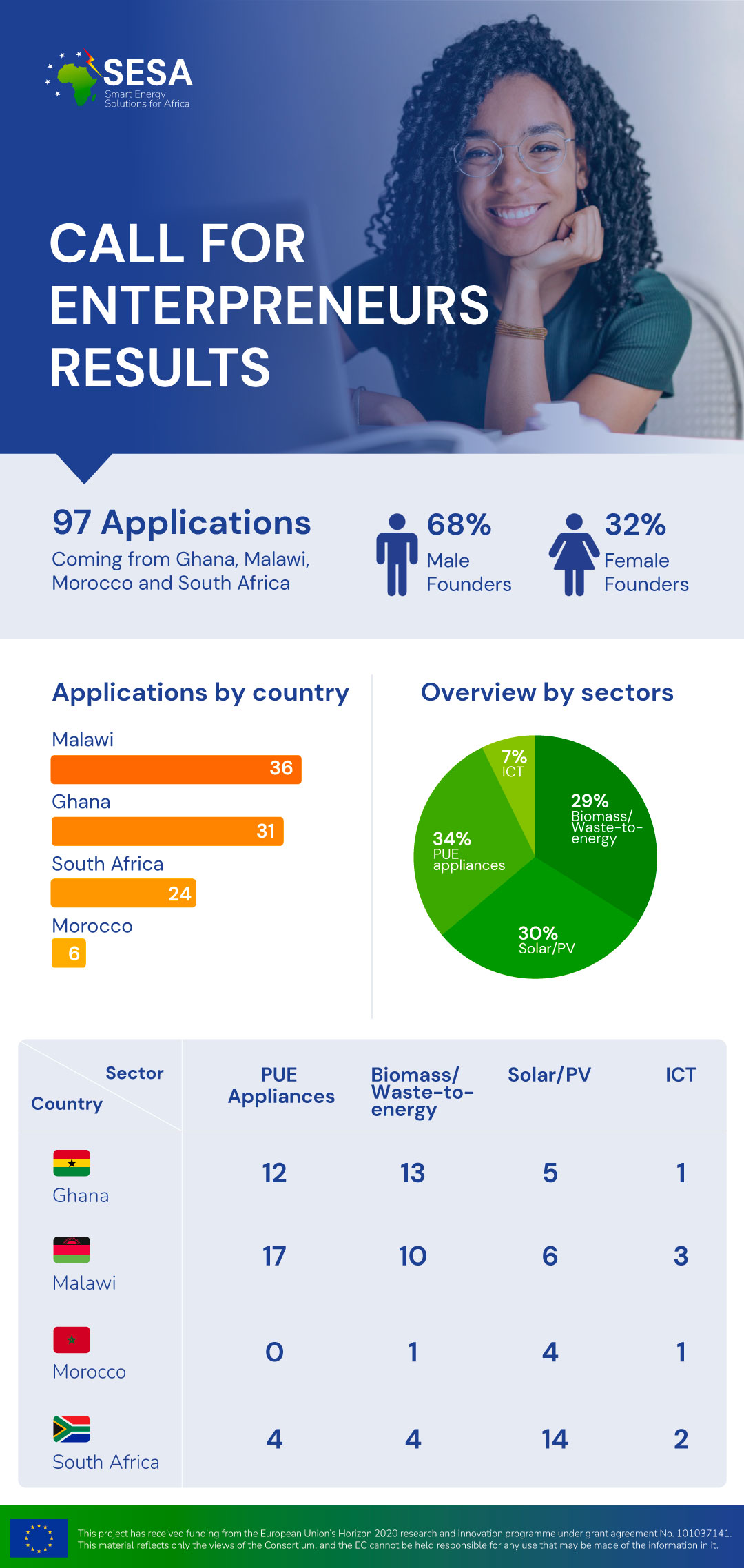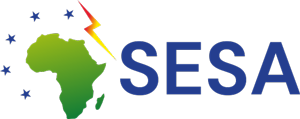This document will present a detailed risk management plan acknowledging the probability of occurrence of identified risks or the emergence of new one establishing avoidance and mitigation actions. The plan, periodically reassessed and discussed with the Steering Group, will include an adequate measurement method of progress (risk indicators) as well as the “acceptability level” of each risk. The risks analysis will be based on the traditional “level of impact x probability of occurrence” approaches (scale 1-5).
Executive summary
This deliverable describes the SESA project’s approach to mitigating foreseen and unforeseen risks that may hinder the smooth implementation of project actions and stifle the delivery of objectives. The SESA project involves a modular living lab demonstration action in Kenya, 4 validation demonstration projects in Morocco, Ghana, Malawi, and South Africa, and 4 replication demonstration projects in Namibia, Rwanda, Tanzania and Nigeria.
Taking into account the level of innovations in the demonstration actions as well as the high number of partners involved in the implementation activities, the project and its partners acknowledge the possibility of some uncertain events or situations from within and outside the project posing threats to the smooth implementation of actions which could eventually negatively affect project aims.
The project consortium therefore sees it quite important to set up a continuous risk management process in order to follow the probability of occurrence of any identified uncertainties or risks and ascertain their level of impacts so as to design appropriate mitigation measures. This document therefore presents the roles and responsibilities of project partners for risk management, the risk management procedure which includes risk identification, risk analysis, response planning, and risk monitoring and controlling.
The document also provides an initial list of potential risks foreseen and offers mitigation measures to be performed and monitored throughout the project. It is noteworthy that the risk management process in the SESA project will be continuously carried out throughout the project such that at any given stage of the project where a potential event, situation or condition, for that matter any risk, could negatively affect project success, the necessary action would be taken to avoid or minimise any such effects that may arise.





Recent Comments